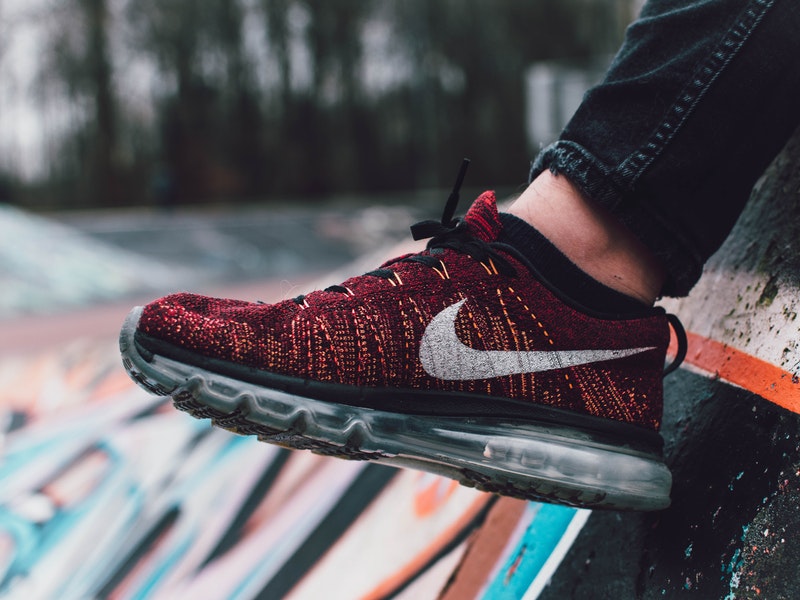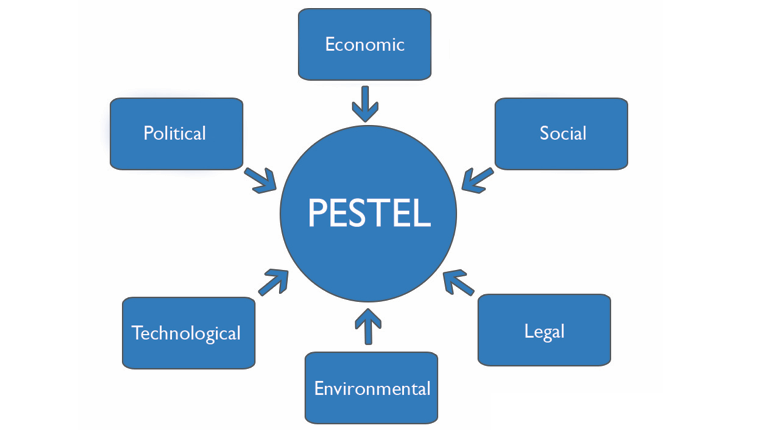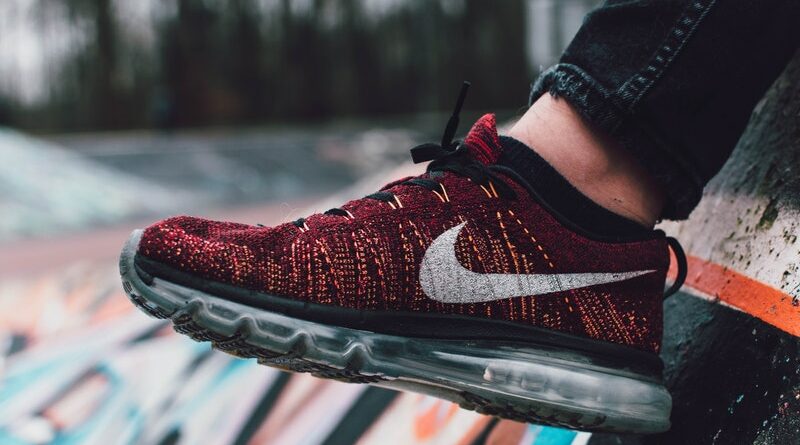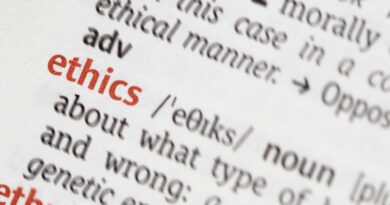PESTEL Analysis of Nike’s External Environment

PESTEL analysis is a business strategic planning tool that is employed to perform a thorough business macro-environment analysis so that an organization can determine the best decisions to survive in the market at any instance. It is a very useful business tool because businesses operate in constantly changing environment. Philip Kotler, a Harvard professor, said that “PESTEL is a vital strategic tool for measuring business potential, direction, growth or decline and current position” (Kotler, 1998 p. 57). The acronym PESTEL stands for: Political, Economic, Social, Technological, Environmental and Legal forces. Nike Company can be analyzed in the following manner

Political
This has to do with politics of the day prevailing in country. It is generally assumed that if political temperatures are down; businesses tend to flourish and the vice versa is also correct. In this particular case, it can be said that it is neutral and thus not expected to cause much rubble in the new companies operations. However, future political challenges cannot be ruled out. Nike being number one sportswear in the USA, its profits, turnovers, marketing sponsor ships and advertising surmount all other sports wear companies. This company is not only positioned as a market leader but also leaders in the industry labor practices initiatives. Although Nike had suffered bad publicity over the last decade, for various reasons, it is best placed in the political climate as an ethical company. This gives it a good public reputation, which keeps on strengthening the brand name. neutrality of USA political temperatures as well as Nikes commitment to industry leading transparency in matters related to social responsibility made the company to be named as the top US company and one of the top ten companies in the world in the current sustainability global reports program. Nike Company’s external environment had a lot of political pressure. The company suffered entry mode regulations, intellectual property rights were infringed on when tiger took it to court. The company did not face any issues with taxation laws in California. When the company went public, many people bought share in it helping it to grow and compete favorably with Adidas and tiger brands. The major issue which affected the reputation of Nike Company is employee wages and benefits. Employee was paid low wages and benefits. Furthermore, the salary issues led to change of management regulatory the factor which affected the organization competitiveness in the market (Kotler, 1998).
Economic
The increased demand for the products in the sporting clothing market in USA over the last 20 years provided a great opportunity for Nike Shoe Company. The only high quality brand, which existed in the US market, was Adidas shoes from Germany that were very expensive and not available. This economic situation provided a very good environment for Nike brand to take root very quickly due to its availability and affordability. Nike is usually making much profit due to its increased sales and low costs due to economies of scale it is enjoying. Nike enjoyed an economy with high national income. This boosted the demand for its products. The affordability of interest rates made the CEO of Nike to borrow funds which he used to expand the business. The strong US currency made importation f the shoes from Japan easy. This led to the selling of the Nike shoes at lower prices than Adidas from Germany even though both brands had the same quality. This environment gave Nike a competitive advantage over Adidas brand.
During early development of Nike Company, USA experienced very good economic stability, inflation was held in control and thus wage demands for employees remained normal. This was a great boost to Nike because it was able to maximize the profits by exploiting cheap labor, especially at the industry in Japan. Although the company enjoyed the benefits of good economic climate, it also suffered some finical challenges. For instance, the CEO’s decision to solve BRS’s financial problems by offering 30% of the company to the public in May 1970 failed.
Social Factors
They are cultural aspects that are perceived to affect the business either in a positive or negative manner. They include such factors as age structure, demographics, rural-urban migration, literacy levels, leisure activities, changing lifestyle and gender role. Those factors are linked directly to the market potential and the customer needs. For example in USA, labor pool is growing. This has led to the firms paying pension to their employees to increase because the staff is living longer. The Social environment that Nike enjoys is smooth. The company targeted athletes and their need for quality affordable shoes. Change in the customers need and preferences for high quality affordable sport gear and the changing lifestyles increased the pace of product change to fit the customers’ needs. The fact that Adidas shoes were expensive and hardly available in US market led the customers to rush for the BRS shoes. BRS shoes met the customer’s needs of quality, affordability and availability. Majority of Nikes manufacturing takes place in developing countries where more than 500000 workers are employed. This has made the company to struggle with transparency issues due to its vastness. However, the launch of transparence 101 program will help I ensuring that the public is made aware of everything the company is doing. The practices in each factory should be in line with the company code of conduct.
Technological
These trends in new technology keep on advancing on daily basis. Technology can create new products and services as well as phase out existing ones. For instance, mobile telephone created new business for GSM carriers whereas it spelled doom for other business like the postal and courier services. For the case of Nike Company, money is expected to use both existing and new technology to grow its business portfolio. If well adapted, technology can considerably reduce Nike’s operational costs and thus grow its profit margins. Nike enjoyed technological innovations in sports wear by producing and selling sport shoes, which are ultra- supper light to athletes. Technological advancement and diffusion of technology in the manufacture of Nike shoes led to quality improvement and competitive advantage. This has played a major role in benefiting the consumers and the organization returns on investment. Nike employ specialists in the areas of exercise psychology, engineering design, and related fields to run the business. They also utilize research committees and advisory boards made up of athletes, coaches, trainers, and other experts to consult and review designs, concepts and materials for the improvement of the products. Employee athletes and other athletes’ wear-test sport wear and evaluate the design of the products and development. Technical innovations in the design of foot wear, apparel and athletic equipment is stressed so much so that product are produced that reduce injury, enhance athletic performance and improve comfort. This is the major goal of Nike sport Wear Company which the CEO continually emphasized and achieved.
Environmental
These include such factors as climate and weather changes in a period. Changes in environment are hard to determine or control and they have greater impact on businesses either directly or indirectly. Nike Company has put many efforts towards creating a better world. The implementation of sustainable product innovation cycle has helped the company to advance in creating products, which are sustainable and go beyond customer satisfaction. The cycle guides their operations and that of their suppliers since environmental impact occurs at every step in Nike product process. The use of organic cotton plays a major role in preserving and protecting the environment and health of people living near cotton growing areas. The environmental plan exhibited by Nike has helped in building very strong public relations and has enticed many customers and investors. Many American investors are environmental conscious, thus they feel strongly involved in environmental protection by investing in organizations, which they feel are ethical environmentally. Nike shoes are greener and more ethical as compared with other products in the USA market. Nike shoes are easier to recycle, and the solvent use of reduced by over 85% when compared with other brands like tiger and Adidas.
Legal
Legal factors have to do with government regulations that come into play from time to time. They relate to legal environment of an organization and the impacts hey impose on the performance of an organization in the market place. They include health and safety laws, consumer law, competition law, employment law, and discrimination law. Nike has face d a lot of legal issues in its process of growth and development. For instance, Stakeholders vs. Nike case. Nike stakeholders sued it claiming that Nike’s executives withheld negative news and profited from the results. The allegations stated that the actions of Nike led to increase in stock.




